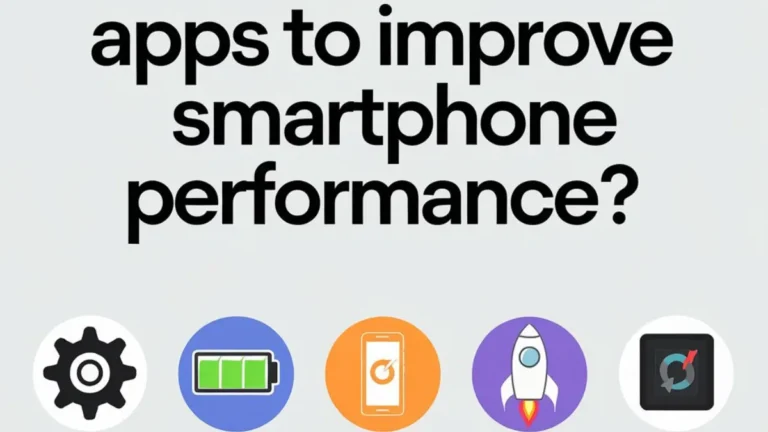Conversion tracking is one of the most important tools in your Google Ads toolkit. By understanding how conversion tracking works and setting it up correctly, you can make sure that your Google Ads campaigns are driving ROI for your business.
What is conversion tracking?
Conversion tracking is a way to measure the success of your Google Ads campaigns in terms of generating leads or sales for your business. When a user clicks on one of your ads, they are redirected to your website where a “conversion pixel” is fired. This pixel tracks the user as they move through your website and records whether or not they complete the desired action, such as making a purchase or submitting a contact form.
Why is conversion tracking important?
Conversion tracking is important because it allows you to see which of your Google Ads campaigns are driving results for your business. Without conversion tracking, you would have no way of knowing which ads are working and which ones are not. This information is essential for optimizing your campaigns and ensuring that your Google Ads spend is going towards campaigns that are actually generating leads or sales.
How to set up conversion tracking in Google Ads
There are two ways to set up conversion tracking in Google Ads: through the use of tags or by installing a piece of code on your website (called a “conversion pixel”).
The easiest way to set up conversion tracking is through the use of tags. Tags are small pieces of code that you can add to your website without having to make any changes to the code of your site. Google provides a tag generator tool that makes it easy to create tags for all of the different types of conversions that you want to track.
Tips to improve your Google ads performance max campaign:
1. Keep your ad copy relevant and specific to your target audience.
2. Use negative keywords to prevent your ads from being triggered by irrelevant searches.
3. Target your ads to specific locations, rather than targeting a large, general area.
4. Set up conversion tracking so you can measure the effectiveness of your campaigns.
5. Use A/B testing to experiment with different ad copy and landing pages.
6. Adjust your bids and budget based on your goals and ROI.
7. Monitor your campaign performance regularly and make changes as needed.
By following these tips, you can improve your Google Ads performance and max out your campaign’s potential!
To set up conversion tracking via tags:
1. Go to the Tools menu in your Google Ads account and select “Conversions” from the drop-down menu.
2. Click on the “+ Conversion” button and select “Website” from the drop-down menu.
3. Enter a name for your conversion and click on the “Tag setup” option.
4. Select the “I will install the tag myself” option and click on the “Get the tag” button.
5. Copy the code that is generated and paste it into the code of your website.
The second way to set up conversion tracking is by installing a piece of code on your website (called a “conversion pixel”). A conversion pixel is a small snippet of code that you place on specific pages of your website, such as the Thank You page after someone submits a contact form. When someone visits that page, the pixel fires and sends information about the conversion back to Google Ads.
To set up conversion tracking via a pixel:
1. Go to the Tools menu in your Google Ads account and select “Conversions” from the drop-down menu.
2. Click on the “+ Conversion” button and select “Website” from the drop-down menu.
3. Enter a name for your conversion and click on the “Pixel setup” option.
4. Copy the code that is generated and paste it into the code of your website on the page where you want to track conversions.
5. Save your changes and publish your website.
Once you have set up conversion tracking, you will be able to see which of your Google Ads campaigns are generating leads or sales for your business. You can then use this information to optimize your campaigns and ensure that you are spending your Google Ads budget in the most effective way possible.
If you need help setting up conversion tracking for your Google Ads campaigns, or if you want to learn more about how to use Google Ads to drive results for your business, contact the Best Google Ads Ecommerce Agency today. We are a team of experienced Google Ads experts who can help you get the most out of your campaigns and ensure that you are driving ROI for your business. Contact us today to learn more!
Optimization is key for any Shopping campaign. Here are some tips to help you optimize your Shopping campaigns for the best results:
First, make sure your product data is accurate and up-to-date. Incorrect or outdated product information can lead to ads that are less relevant and less likely to be clicked on.
Second, use negative keywords to exclude terms that aren’t relevant to your products. This will help improve your ad relevance and click-through rate.
Third, bid aggressively for high-value keywords. This will help ensure that your ads are seen by potential customers who are most likely to purchase your products.
Fourth, test different ad copy and landing pages to see what works best for your products and your target audience. A/B testing can be a great way to find the right combination of factors that leads to more clicks and conversions.
By following these Optimization Tips for Shopping campaign, you can improve the performance of your Shopping campaign and get the most out of your advertising budget.
Primary conversions
Primary conversions are your ad’s main goals. These conversions often result in revenue for your business. Some common objectives for companies include:
- Live chatting with a representative
- Ordering products
- Calling your business concerning purchases or learning more
Secondary conversions
Secondary conversions comprise actions that assist your business and promote revenue in a more indirect way. These goals normally consist of:
- Subscribing to your newsletter
- Downloading resources
- Watching videos and commenting on blog posts
There are many types of conversion tracking tags, each designed to track a specific type of conversion. The most common type of tag is the Google Ads Conversion Tracking tag, which is used to track sales and leads generated by your Google Ads campaigns. Other types of tags include:
Facebook Conversion Tracking Pixel: Used to track conversions that occur on your website as a result of someone clicking on a Facebook ad.
Twitter Conversion Tracking Pixel: Used to track conversions that occur on your website as a result of someone clicking on a Twitter ad.
LinkedIn Conversion Tracking Pixel: Used to track conversions that occur on your website as a result of someone clicking on a LinkedIn ad.
Instagram Conversion Tracking Pixel: Used to track conversions that occur on your website as a result of someone clicking on an Instagram ad.
Pinterest Conversion Tracking Pixel: Used to track conversions that occur on your website as a result of someone clicking on a Pinterest ad.
Snapchat Conversion Tracking Pixel: Used to track conversions that occur on your website as a result of someone clicking on a Snapchat ad.
There are many other types of conversion tracking tags available, depending on the advertising platforms that you use. If you are not sure which type of tag you need, contact the Best Google Ads Ecommerce Agency today and we can help you choose the right tag for your needs. We are a team of experienced Google Ads experts who can help you get the most out of your campaigns and ensure that you are driving ROI for your business. Contact us today to learn more!
When setting up conversion tracking, it’s important to choose the right tag type for your needs. The Best Google Ads Ecommerce Agency can help you choose the right tag for your business and ensure that you are driving ROI with your campaigns. Contact us today




